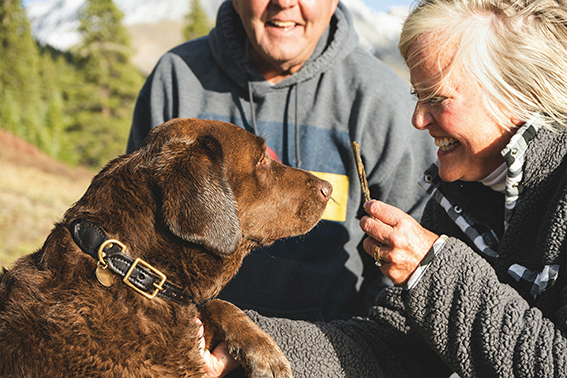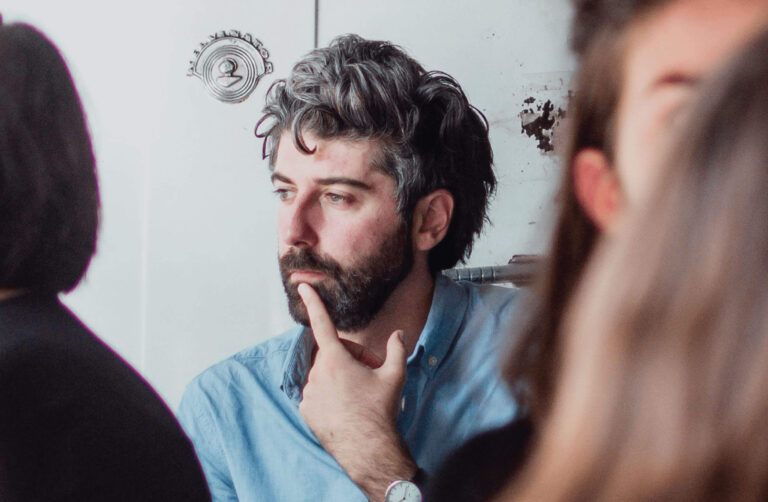Attachment Styles and How to Navigate them in Relationships
4-6 minute read.
Everyone has an attachment style that determines how they behave in relationships. Understanding your attachment style and the attachment style of your partner can help you better navigate difficult circumstances and gain a deeper understanding of each other.

What’s the theory?
Attachment theory is a branch of study pioneered by psychoanalyst John Bowlby in the 1950s and expanded upon by psychologist Mary Ainsworth in the decades following. A lot more study has gone into attachment theory since, and it’s become a widely utilised basis for understanding relationship behaviours.
The theory is that a person develops one of four attachment styles based on their relationship with their primary caregivers as an infant. Caregivers act as a “secure base” for children, and if that security becomes threatened and children can’t appropriately connect with caregivers in stressful situations, they can develop insecure attachment styles. People maintain these attachment styles into adult life and they influence how people behave in relationships.
The four styles of attachment
- The first attachment style is secure attachment. People with a secure attachment style are aware of and can effectively communicate their emotions, can self-soothe during difficult times, and usually feel safe and stable in healthy relationships. Secure attachment develops when an infant feels reassured and supported to explore by their primary caregivers.
- The second attachment style and first of the three insecure styles is anxious attachment. Anxious individuals can be overly attentive to partners due to an ever-present worry of losing them. For many, self-worth is tied to their relationships and rejection or breakups can hit hard. Anxious individuals often prioritise the needs of others over themselves.
- Avoidant attachment can develop if caregivers are emotionally distant. In relationships, avoidant individuals may struggle with opening up and emotional intimacy. They can be closed off towards partners and may decide to abandon ship if they feel they are becoming too vulnerable.
- The final attachment style is disorganised attachment, which develops due to parenting inconsistencies during childhood. People who have this style of attachment can be inconsistent in their romantic relationships. Disorganised individuals don’t wish to avoid emotional intimacy like avoidants, but view attachment as inconsistent and can be fearful of getting close to someone.
Navigating attachment styles in relationships
Understanding you and your partner’s attachment styles can lead to a better understanding of what you need from each other in a relationship. It’s important to note that attachment styles aren’t fixed; they can change, and everyone can grow into a secure attachment style. It’s also important to note that no two attachment styles are incompatible.
In fact, many psychologists believe anxious and avoidant individuals attract each other. Anxious individuals tend to “chase” affection from their partner whereas avoidant individuals will avoid emotional intimacy as much as possible. Their partner’s avoidance will make an anxious individual only up the chase. Both individuals might comfortably remain in the cycle because it reinforces their own beliefs that they’re either “too much” or “not enough” for a relationship.
With this kind of dichotomy, it’s important to focus on how you and your partner can help each other out, because being in a relationship with an opposite attachment style can be healing. An avoidant individual with an anxious partner who displays patience and understanding can open up more once they feel safe and with the right form of encouragement. An anxious individual can feel secure in their relationship if an avoidant partner makes an effort to understand their feelings and be open to dialogue.
Ask yourself these questions:
Am I constantly in worry over my relationship?
Should I think more about it?
How am I when me and my partner argue?
How am I day-to-day with my partner?
What does my partner need from me?
Think about how you behave towards your partner and think about what they need from you to feel secure in a relationship.
You can work together and take small steps to eventually meet in the middle and develop security.
Being open to compromise
Compromise is a vital component of all healthy relationships. Compromise shouldn’t be viewed as a step you have to take because your relationship isn’t perfect. No relationship is perfect. Compromise is the ultimate act of devotion to your partner because it shows them that you’re willing to change habits and behaviours to better meet their needs.
Compromise is especially important if you’re in a relationship with someone of an opposite attachment style. In her book The Power of Attachment, therapist Dr. Diane Poole Heller describes how an anxious-avoidant couple used to argue over the distance one partner needed and the feeling of close connection needed by the other. They worked on practical solutions to things that might appear frivolous from the outside like handholding. When walking together, the couple agreed that every short while they’d hold hands before continuing to walk separately side-by-side. Small notions like this helped vastly improve their relationship.
Showing that you’re open to compromise will empower your partner to understand and action the changes needed for your relationship to feel secure. At the same time, it’s important to work on yourself and adjust your thinking from “I’m too much” or “I’m not enough” to “I am enough for a relationship”. Talking to a therapist is always a great way to support your personal development.

Whatever your attachment style, if you and your partner both value your relationship, you should find ways to work together rather than against each other in pursuit of stability. Let each other know that you value your relationship and have each other’s best interest at heart.


